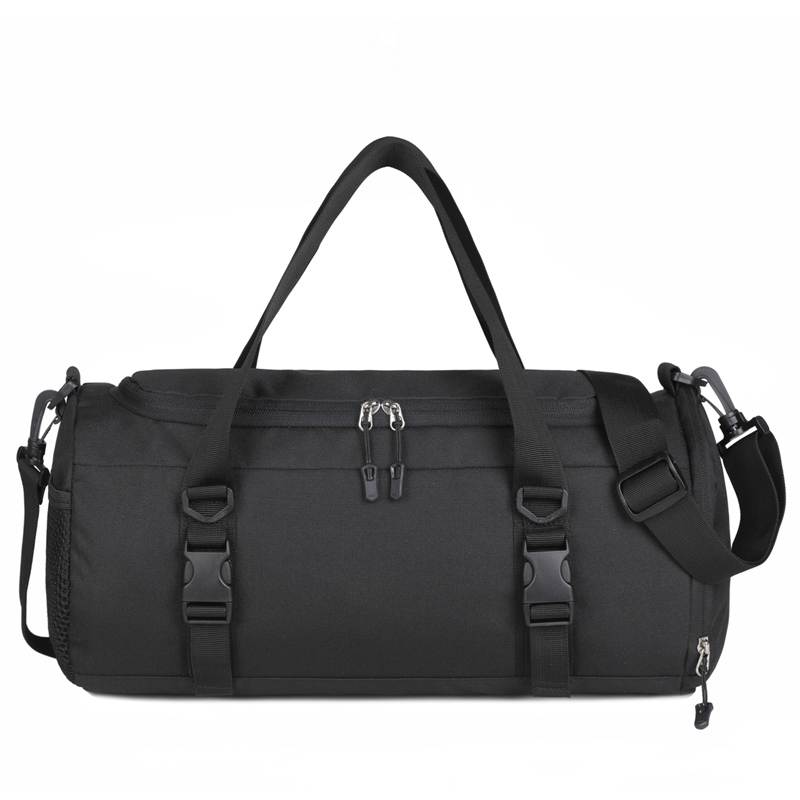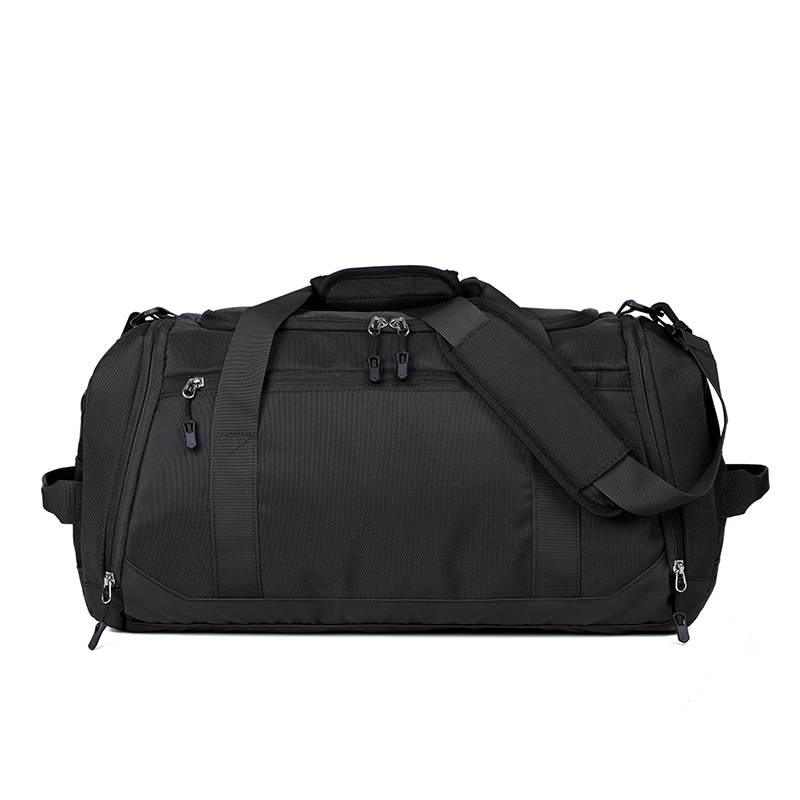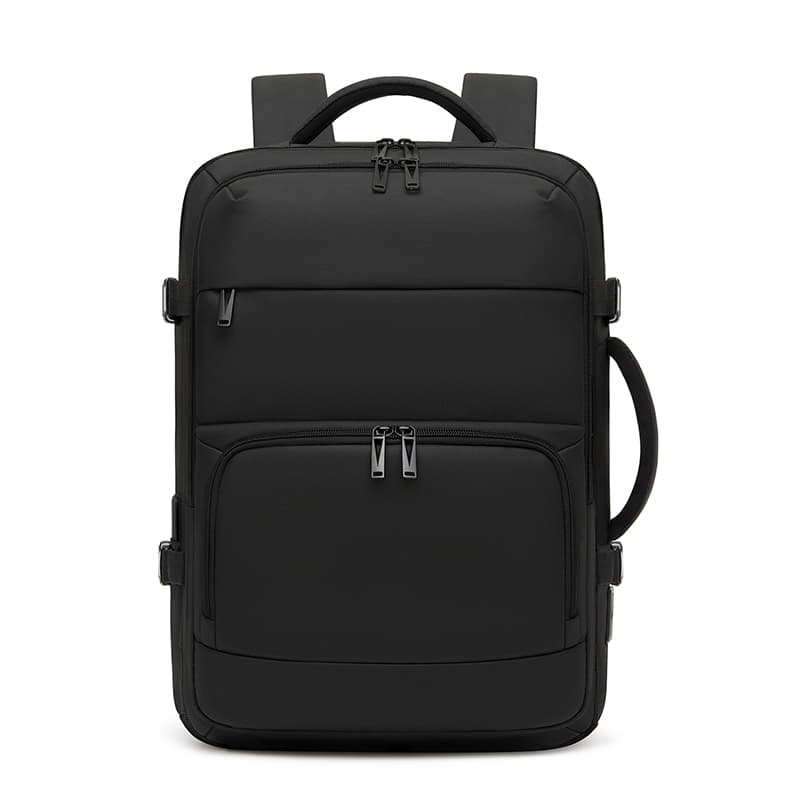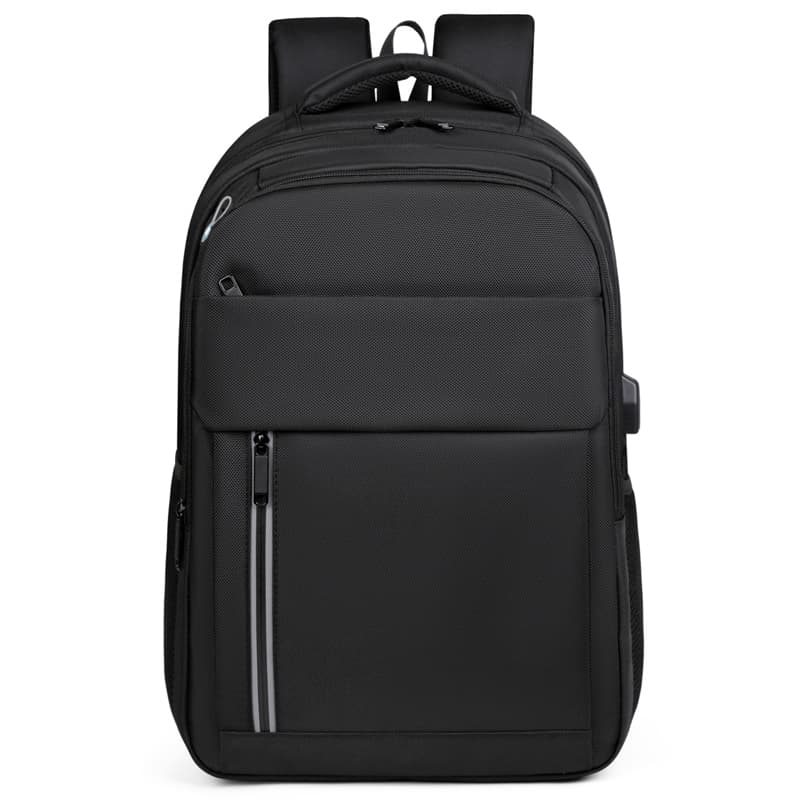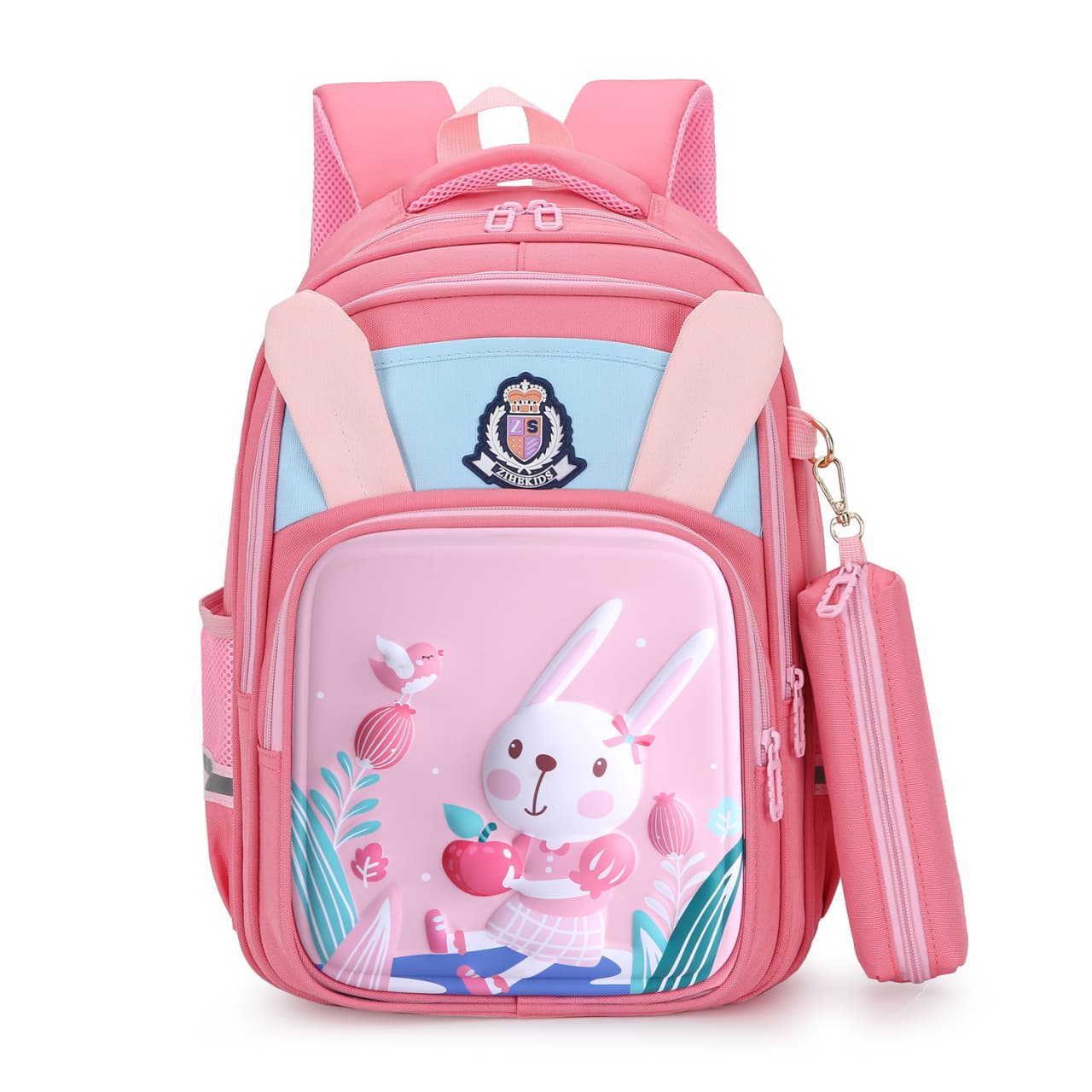These Poducts are Exempt From Extra Tariffs
2022-07-14 15:28:20
hebei leimande
These Poducts are Exempt From Extra Tariffs
370 billion US dollars of US goods exported to the United States or only 10 billion in additional tariffs will be canceled, which will benefit consumer goods such as furniture and home appliances.
U.S. inflation hit a new high in nearly 40 years, with CPI rising 8.6% year-on-year in May. The US government has taken measures including multiple rounds of aggressive interest rate hikes and amendments to the Maritime Transport Reform Act to reduce costs for importers and exporters to ease inflationary pressures.
Under the pressure of inflation, this year, the United States has been discussing the cancellation of additional tariffs on China. On July 5, high-level leaders of China and the United States had a phone call. The Chinese side expressed its concerns about the US lifting tariffs and sanctions on China and treating Chinese companies fairly. Global markets are expecting a lift in the U.S. to lift tariffs on China.
According to a report by the Global Times today, several Western media quoted sources as saying on July 5 that the Biden administration will "reshape" the previous administration's tariff policy on China, and its decision may include three parts:
1. Cancel tariffs on US$10 billion of Chinese imports of about US$370 billion currently;
2. Start a new tariff exclusion procedure for China;
3. At the same time, according to Section 301 of the "US Trade Act", a new tariff investigation was launched on some Chinese industries.
Domestic calls to lift tariffs continue
"Section 301" of the US trade law is valid for 4 years. The first batch of tariffs imposed by the United States on $34 billion of Chinese imports expired on July 6, and another batch of tariffs on $16 billion of Chinese imports will also be imposed. It expires on August 23, and another batch ($200 billion) will expire on September 24. In May of this year, the Office of the United States Trade Representative (USTR) began a re-examination.
Speaking to the nation in Washington on May 10, Biden said the White House was reviewing tariffs imposed during the Trump administration that raised prices on a range of goods from diapers to clothing and furniture. The White House may choose to lift the measures entirely.
On June 8, U.S. Treasury Secretary Yellen admitted at a hearing of the U.S. House Ways and Means Committee that the Biden administration is seeking to “reconfigure” tariffs on Chinese imports. She argues that some tariffs are ultimately paid by Americans, hurting American consumers and businesses.
In early June, U.S. Commerce Secretary Raimondo said in an interview with CNN that the U.S. government has decided to retain some tariffs on steel and aluminum. For household goods, bicycles, etc., it may be "wise" to consider removing tariffs on these products.
However, there are still voices in the United States against lifting the tariffs on China. U.S. Trade Representative Dai Qi said that the U.S.’s annual tariffs on more than $300 billion in goods imported from China are an important bargaining chip. From the perspective of negotiation, it is beneficial and harmless. “As a trade representative, we will never give up our bargaining chips.”
Which industries will benefit from the removal of tariffs? Analysts believe that considering that the main purpose of the United States' removal of tariffs on China is to curb domestic inflation, those consumer goods that are directly related to people's lives may become the preferred targets, such as toys, plastic products, home appliances, automobiles, and other industries.
According to the calculation results of the Global Input-Output Database, Standard Chartered Bank believes that 14%-16% of the annual output value of furniture manufacturing and computer, electronic and optical products manufacturing is driven by US demand, and it is most likely to be the most likely to gain from the rise in US demand. The two most profitable industries. Followed by China's air transportation, textiles, rubber and plastic products, electrical equipment, chemical industry, paper products, metal products, and special machinery and equipment industries, 5%-10% of the annual output value of these industries is driven by US demand.
In this regard, Mei Xinyu, a researcher at the Research Institute of the Ministry of Commerce of China, said that the cancellation of additional tariffs can reduce the burden on exports, and industries and companies that export more to the United States will benefit from a wider coverage.




